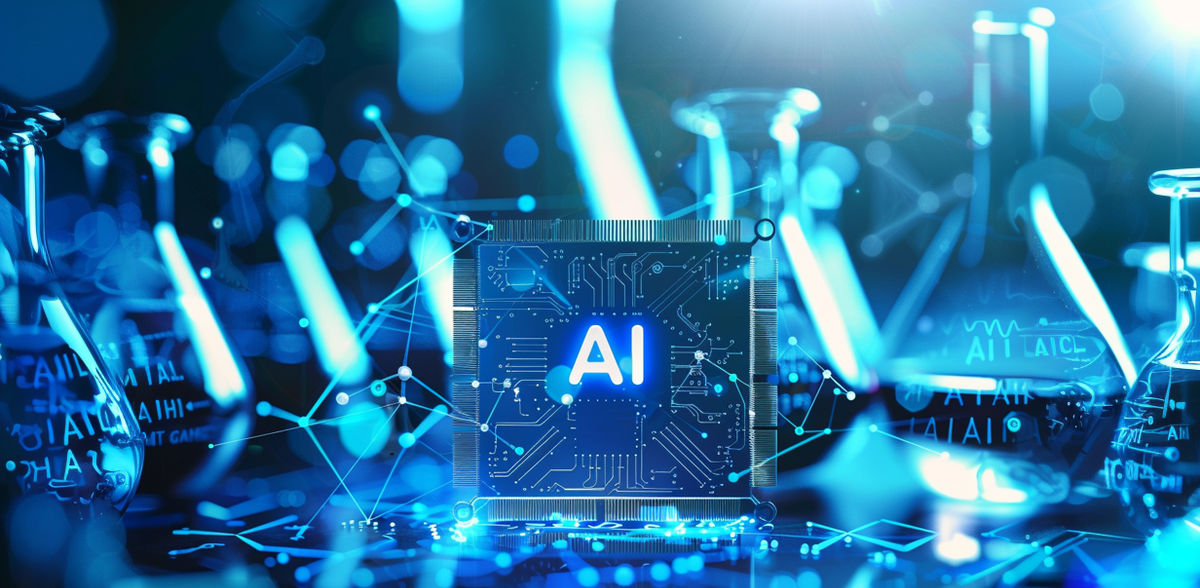Researcher uses artificial intelligence to develop a new method for improving electrocatalytic converters
Computer program can simultaneously optimise several properties of a catalyst
Advertisement
Prof Dr Johannes Margraf and a team of scientists have developed a promising method to improve the efficiency of electrocatalysts. Using simulations and artificial intelligence, the researchers have developed a computer program that can simultaneously optimise several properties of the catalyst. The results have now been published in the Journal of the American Chemical Society.
High entropy alloys (HEAs) are a promising type of material for electrocatalysis. Electrocatalysis is a process in which certain materials help to accelerate chemical reactions that take place in batteries or fuel cells. Unlike conventional metal catalysts, these materials consist of a mixture of many elements. As a result, they have a very complex structure and could therefore have better catalytic properties in electrolysers and fuel cells. However, it is difficult for researchers to find the best mixture of elements for a specific application.
"Previous work has mainly focused on improving catalytic activity," says Prof Dr Johannes Margraf, Chair of Physical Chemistry V: Theory and Machine Learning at the University of Bayreuth. "However, we have developed an algorithm that can use simulations and artificial intelligence to simultaneously improve several properties of the catalyst, such as activity, cost and stability." This enabled the researchers from Bayreuth and the Fritz Haber Institute in Berlin to predict many new HEAs that offer various trade-offs between these properties.
"We tested the algorithm specifically for oxygen reduction in fuel cells, where expensive platinum is normally used as a catalyst. We found catalysts that are just as active as platinum but cost much less - only 10 per cent compared to platinum," explains Margraf. "We were also able to identify catalysts that are two and a half times as active as platinum, but at a similar cost."
The Bayreuth researcher's theoretical predictions must now be confirmed by practical experiments.

























































